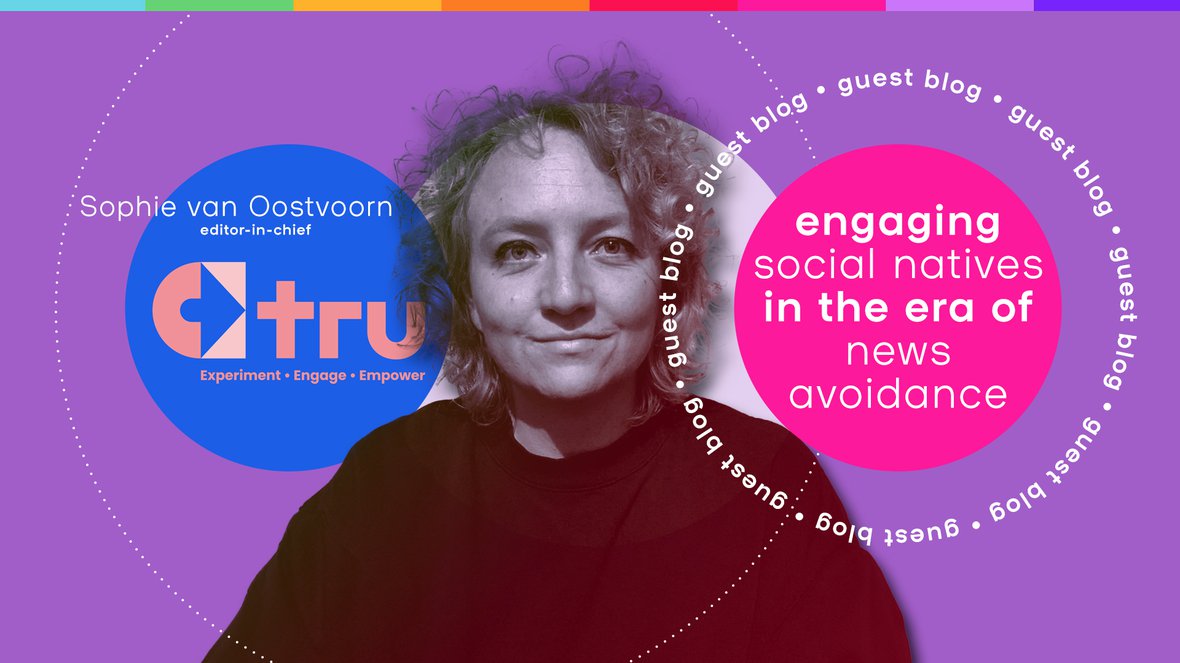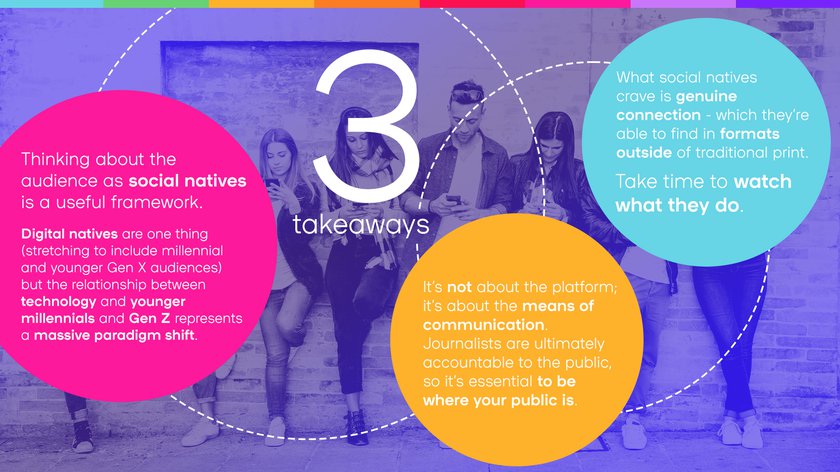Sophie van Oostvoorn is the editor-in-chief of C.Tru, a project by Belgian publisher, Mediahuis. This project is a deep dive into the significant misalignment between in-depth journalism with analysis, and so-called social natives.
In recent articles in The New Yorker and The New York Times, we've learned that journalism is facing significant challenges, and major news organisations such as The Washington Post, Time, and The Los Angeles Times are being forced to downsize their editorial teams. These turbulent times are putting pressure on our existing revenue models, too.
The revenue models of most news organisations rely on capturing and retaining audience attention; through advertisements, attention is essentially commodified, with the aim of increasing subscriptions. Attention also serves as a reward model within editorial teams: the larger the audience, the greater the impact.
Despite the increasing consumption of information, people’s attention is not necessarily being directed towards journalism. On the contrary, the Digital News Report shows declining interest in news, decreasing news consumption, and a rising trend of news avoidance, particularly among young people.
This is precisely where the challenge of the new Mediahuis project, C.Tru, lies. Led by Christopher Kenis and myself, this project focuses on two key questions:
- How can we effectively engage young people with quality journalism, and
- What sustainable revenue model can support this endeavour?




